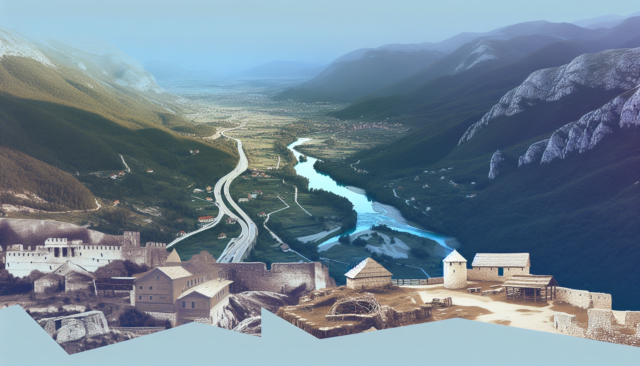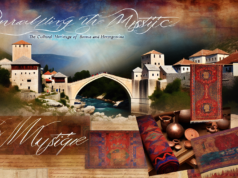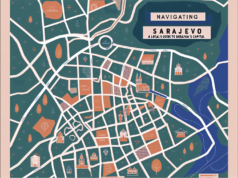
From Sarajevo to Srebrenica: Understanding the Heart of the Balkans
The Balkans, a region steeped in history, culture, and conflict, has long been a crossroads of civilizations in southeastern Europe. Within this complex tapestry lies two poignant cities: Sarajevo and Srebrenica—symbols of both the rich heritage and the tragic legacy of the Balkan wars of the 1990s. Understanding the journey between Sarajevo and Srebrenica provides a crucial lens into the broader narrative of the Balkans, reflecting the intertwining themes of identity, resilience, and remembrance.
Sarajevo: A Melting Pot of Cultures
Sarajevo, the capital of Bosnia and Herzegovina, has long been known as the “Jerusalem of Europe” owing to its diverse religious tapestry. Here, mosques, churches, and synagogues coexist, representing the city’s rich history of tolerance and multiculturalism. The city’s significance deepened during the late 19th and early 20th centuries as it became a cultural and intellectual hub of the Austro-Hungarian Empire.
However, Sarajevo is perhaps most famously remembered as the site of the assassination of Archduke Franz Ferdinand in 1914, a catastrophic event that triggered World War I. Fast forward to the 1990s, and the city became the epicenter of the Bosnian War, enduring a prolonged siege that lasted from 1992 to 1995. The scars of those tumultuous years run deep, but Sarajevo has emerged as a symbol of resilience. Its vibrant arts, music, and culinary scenes reflect both the scars of the past and the hope for a more peaceful future.
Srebrenica: The Site of Tragedy
The journey from Sarajevo to Srebrenica is a deeply emotional one. Located about 170 kilometers to the east, Srebrenica was once a small town known for its serene beauty and its lush landscapes. However, during the Bosnian War, it became a symbol of the worst horrors of ethnic cleansing. In July 1995, Srebrenica fell into the hands of Bosnian Serb forces, resulting in the massacre of over 8,000 Bosniak Muslim men and boys, in an act recognized as genocide by international courts.
The Srebrenica genocide is not merely a historical event; it is a painful reminder of humanity’s capacity for violence and intolerance. The site is now home to a memorial that bears witness to the atrocities, serving as a somber reminder of the need for remembrance, justice, and peace. Each year, thousands gather to honor the victims and ensure that the narrative of Srebrenica is not forgotten.
The Journey: A Reflection of History and Hope
The drive from Sarajevo to Srebrenica encompasses not just a geographical transition, but also an emotional one. This route traverses mountains, valleys, and towns that witnessed the brutalities of the war. It is a pilgrimage through a landscape that has been scarred by conflict but also imbued with stories of survival and courage.
The contrast between the two cities can be stark—Sarajevo’s bustling streets filled with cafes and life, juxtaposed against the haunting memorials in Srebrenica that speak of loss and sorrow. Yet, both cities also share a narrative of healing. In Sarajevo, various cultural initiatives, youth programs, and interfaith dialogues seek to reconcile the city’s diverse communities. Meanwhile, in Srebrenica, ongoing efforts focus on rebuilding and memory, emphasizing the importance of addressing the past to foster a more inclusive future.
Conclusion: Lessons for the Future
The journey from Sarajevo to Srebrenica encapsulates the tumultuous history of the Balkans—a region marked by centuries of conflict, rich cultural legacies, and enduring resilience. Understanding these cities invites reflection on broader themes of identity, memory, and the imperative for dialogue and reconciliation.
As the Balkans continue to navigate the complexities of their past, the stories of Sarajevo and Srebrenica remind us of the importance of remembrance and the potential for healing. In learning from history, the region holds the promise of a future built on unity, appreciation for diversity, and a commitment to peace. The heart of the Balkans beats fiercely, filled with lessons of the past and aspirations for a harmonious future.













